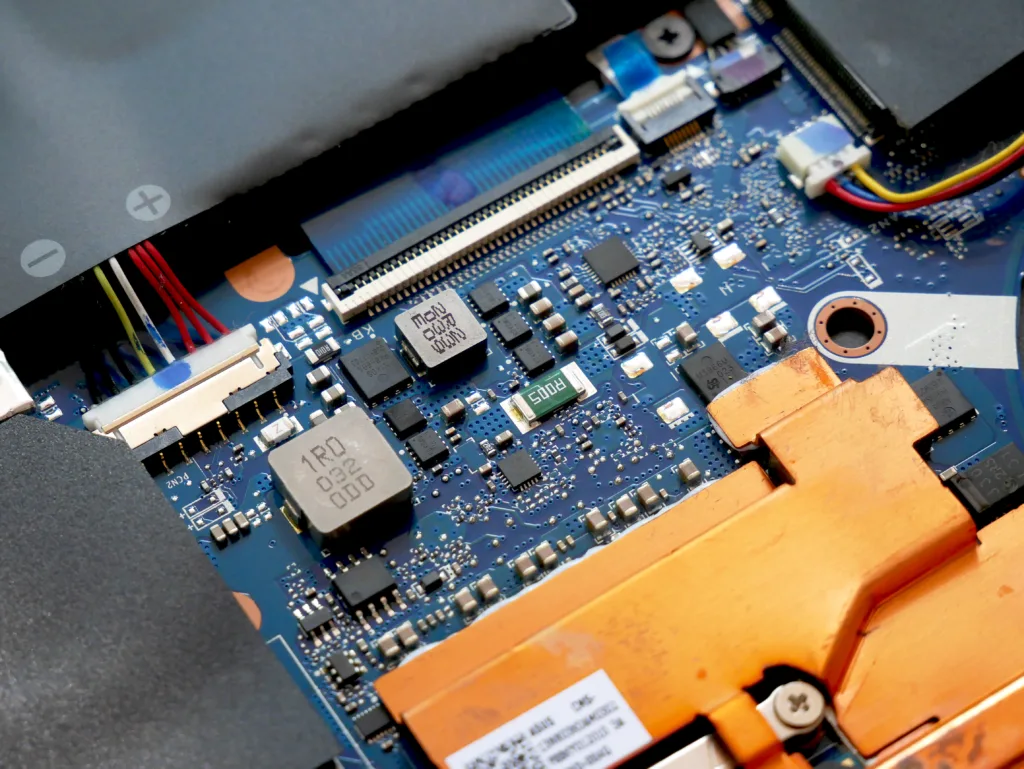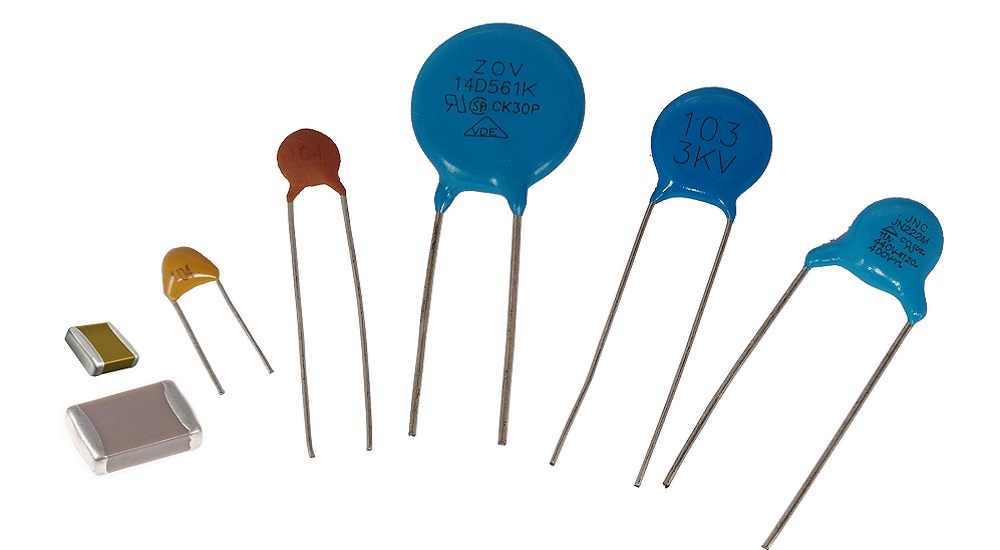Capacitors are an essential component of electronic circuits, and they come in different types and sizes. In this article, we will focus on two types of capacitors: polarized and ceramic capacitors.
Polarized capacitors, as the name suggests, are capacitors that have a polarity. This means that they can only be connected in one direction in a circuit. Electrolytic capacitors are examples of polarized capacitors. They are commonly used in power supply circuits, audio circuits, and other applications that require high capacitance values.
One of the advantages of polarized capacitors is their high capacitance values. They can store a large amount of charge, which makes them ideal for smoothing out voltage fluctuations in power supply circuits. However, it is important to note that polarized capacitors have a limited voltage rating. If the voltage applied to the capacitor exceeds its rating, it may fail or even explode.
Ceramic capacitors, on the other hand, are non-polarized capacitors. This means that they do not have a polarity, and they can be connected in any direction in a circuit. Ceramic capacitors are commonly used in high-frequency circuits, such as radio frequency (RF) circuits, due to their low parasitic inductance and low impedance at high frequencies.
One of the advantages of ceramic capacitors is their stability over a wide range of temperatures and frequencies. They also have a low equivalent series resistance (ESR), which makes them ideal for high-frequency applications. However, ceramic capacitors have a lower capacitance value compared to polarized capacitors, which limits their use in applications that require high capacitance values.
Both polarized and ceramic capacitors have their advantages and disadvantages, and their suitability for a particular application depends on the circuit requirements. Polarized capacitors are ideal for applications that require high capacitance values, wile ceramic capacitors are best suited for high-frequency applications. It is important to choose the right type of capacitor for your circuit to ensure optimal performance and reliability.
Does Polarity Matter On Ceramic Capacitors?
Polarity does not matter on ceramic capacitors. Ceramic capacitors are non-polarity devices which means they do not have any positive or negative terminals. Therefore, we can connect ceramic capacitors in any direction on a circuit board without worrying about their polarity. This makes them generally safer than electrolytic capacitors which have a positive and negative terminal and must be connected in the correct orientation. when using ceramic capacitors, polarity is not a concern and they can be connected in any direction.

What Is A Polarized Capacitor Used For?
A polarized capacitor is primarily used for filtering power supplies or storage. These capacitors are designed to work with direct current (DC) and are commonly used in electronic circuits to prevent DC from flowing in amplifier stages when they are coupled together. Polarized capacitors are also used in audio applications, such as speaker crossovers, to filter out low-frequency noise. These capacitors are typically made from electrolytic materials and have a positive and negative terminal, wich must be connected to the circuit in the correct orientation to function properly. It is important to note that polarized capacitors should not be used in circuits that involve alternating current (AC) as this can cause them to fail and potentially damage the circuit.
What Is Difference Between Polarized Capacitor And Non-polarized Capacitor?
A capacitor is a device that stores electrical energy in an electric field. Capacitors can be classified into two types: polarized capacitors and non-polarized capacitors. The main difference between the two is their polarity.
A non-polarized capacitor, as the name suggests, has no polarity and can be connected in any direction in a circuit. Non-polarized capacitors are generally used in AC circuits because the polarity of the voltage chages constantly.
On the other hand, a polarized capacitor has an inherent polarity and can only be connected in one direction in a circuit. Polarized capacitors are generally used in DC circuits because the voltage is constant in one direction.
Polarized capacitors are further divided into two types: electrolytic capacitors and tantalum capacitors. Electrolytic capacitors are commonly used in high voltage and high capacitance applications, while tantalum capacitors are commonly used in low voltage and low capacitance applications.
To summarize, the main difference between polarized capacitors and non-polarized capacitors is their polarity. Non-polarized capacitors have no polarity and can be connected in any direction, while polarized capacitors have an inherent polarity and can only be connected in one direction.
Which Is Better Ceramic Or Electrolytic Capacitor?
When it comes to determining which capacitor is better – ceramic or electrolytic – it depends on the specific application and frequency range. Here are some key differences between the two types of capacitors:
– Ceramic capacitors are generally better for high frequency applications due to their low parasitic inductance and low equivalent series resistance (ESR). They also have a high Q factor, which means they can store energy efficiently and have low losses. Ceramic capacitors can be made in small sizes, making them ideal for applications whre space is limited.
– Electrolytic capacitors, on the other hand, are better suited for low frequency applications. They have a high capacitance value and can handle high voltages, making them useful for applications such as power supplies and audio circuits. However, they have a higher ESR and inductance, which can limit their performance at higher frequencies.
Ceramic capacitors are better for high frequency applications, while electrolytic capacitors are better for low frequency applications. It is important to choose the right type of capacitor for your specific application to ensure optimal performance.

Conclusion
Both polarized and ceramic capacitors have their own unique characteristics and applications. Polarized capacitors are ideal for applications where high capacitance values and low cost are important, but they must be used with caution due to their inherent polarity. On the other hand, ceramic capacitors are non-polarized and are best suited for high-frequency and high-temperature applications. They are physically smaller and lighter than electrolytic capacitors, but they have lower capacitance values. When it comes to choosing betwen polarized and ceramic capacitors, it is important to consider the specific requirements of your application in order to make an informed decision. By understanding the differences between these two types of capacitors, you can ensure that you select the right component for your circuit and optimize its performance.
